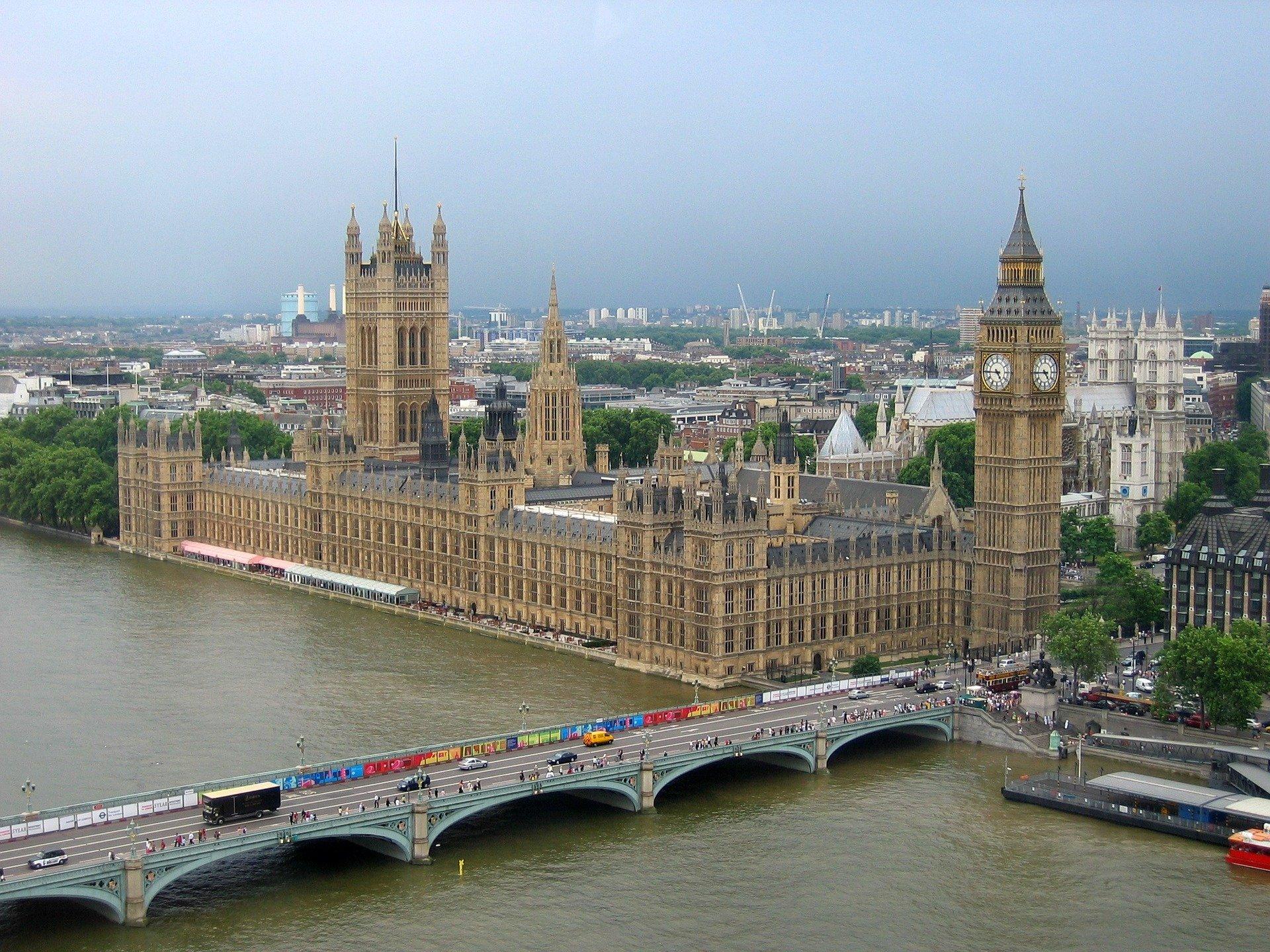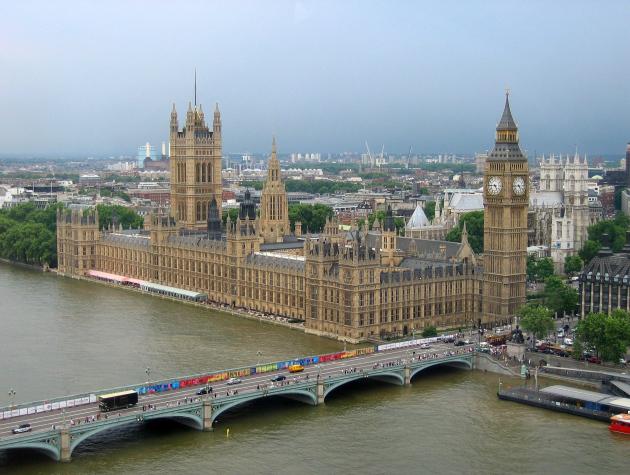GEG WP 2015/111 Changing Demands on the Global Trade and Investment Architecture: Mapping an Evolving Ecosystem
Abstract
The global trade and investment architecture (GTIA) plays a critical role in shaping the organisation and structure of international commerce – from production and distribution to consumption. Yet, tensions and questions abound – some longstanding, some new – about whose interests it best advances, its distributional impacts, and its responsiveness to changing market forces and political demands. Although there is a regular supply of proposals on rules and policies for global trade and investment, critical thinking on the trade and investment architecture is less prevalent. This paper seeks to update and bolster the analytical foundations for such discussion by reviewing the changing demands on the global architecture for trade and investment, and by mapping its contours.
To begin, we review the changing global landscape for trade and investment, the key policy debates, and the myriad pressures on policymakers – arguing that these have implications for what is needed in terms of a global architecture. Alongside key enduring challenges, we identify important shifts and game changers in trade and investment flows, which in turn spur new policy challenges and implications for the governance architecture. Second, we present a systematic mapping of the contemporary global architecture for trade and investment currently, noting its on-going evolution. In so doing, we underscore that the trade and investment architecture is broader in scope and more complex, with a wider array of actors and functions, than commonly recognised or discussed in scholarly work. We also argue for analysing the trade and investment architecture in a unified fashion. Further, the paper highlights the changing ways that governments and stakeholders seek to advance international cooperation on trade and investment. The proliferation of private standards and the emphasis on “behind the border” regulatory matters illustrate the expanding array of relevant actors relevant to international trade and investment diplomacy, and the rising interest in moving beyond treaty negotiations to new modalities for cooperation – ranging from soft law approaches and technical cooperation to public-private partnerships.
This paper draws extensively on research supported by the E15Initiative, co-hosted by the ICTSD and WEF, on the Future of the Global Trade and Investment Architecture.







